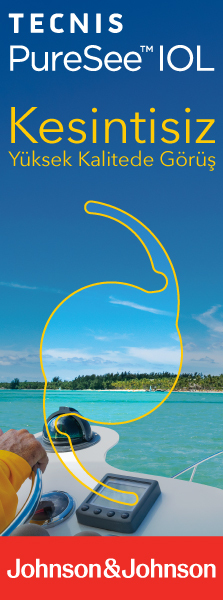2Kayseri State Hospital, Ophthalmology Clinic, Kayseri, Türkiye DOI : 10.37844/TJ-CEO.2025.20.12 Objective: This study presents a narrative review combined with a retrospective case series evaluating the efficacy, safety, and outcomes of different surgical techniques used for iris reconstruction.The surgical approaches were analyzed in terms of pupil centration, anatomical restoration, visual function, and cosmetic outcomes.
Methods: A narrative review was conducted on commonly used pupilloplasty techniques including the Siepser sliding knot, McCannel, Single-Pass Four-Throw (SPFT), pupil cerclage, and iris hook segment methods. The advantages, limitations, and indications of each technique were summarized based on existing literature. Additionally, five clinical cases from our institution are presented to highlight technique selection in real-world scenarios.
Results: Each iris reconstruction technique demonstrated specific advantages depending on the extent of iris damage, surgical complexity, and postoperative stability. The Siepser slipknot technique provided excellent pupil centration with minimal trauma, while the pupil cerclage technique achieved optimal circularity in cases of traumatic mydriasis. The SPFT technique allowed for efficient suture placement with reduced intraocular manipulation, whereas the McCannel technique was effective for post-cataract pupil defects. Postoperative pupil shape and function were successfully restored in all cases, with no severe complications observed.
Conclusion: Different pupilloplasty techniques offer unique benefits depending on the clinical scenario. The suture selection and surgical approach play a crucial role in achieving optimal anatomical and functional outcomes.
Keywords : Pupilloplasty, iris reconstruction, iris suturing techniques, pupillary cerclage




